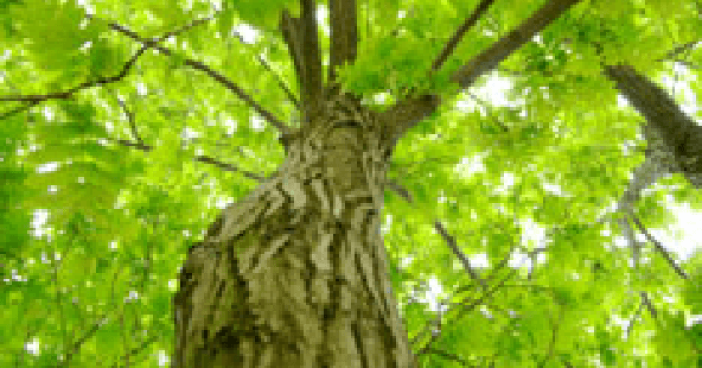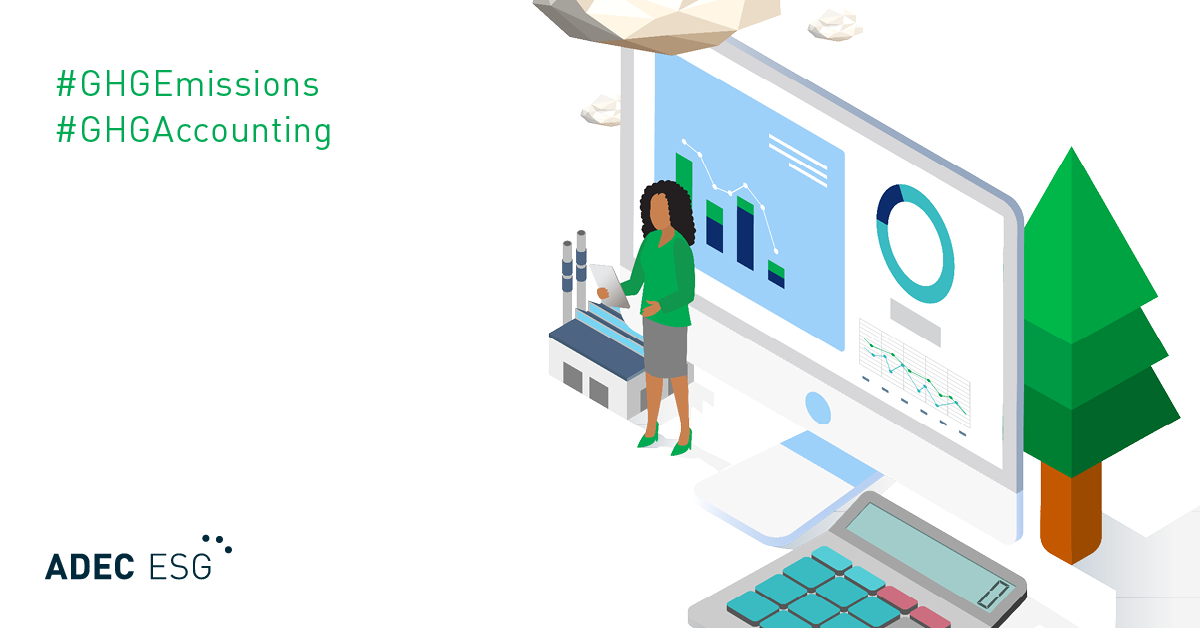Yes, of course, it makes sense for natural, existing forests to count as a credit in carbon cap and trade, but right now they don’t. Urban forests should also count as a carbon credit, but don’t.
The thinking is that since they already exist, they have already been factored in. But, the problem is that, most often, no one has gone in to count the number or type of trees in a natural area. Therefore, there is no baseline data. There are no pictures. There is no transparency or accountability.
As a result, trees that are decades or centuries old get logged, which has an economic value. Logging is done in an ad hoc or deliberate way until the trees are all gone, replaced by farms or urban development. In the event that mature trees are replaced, it is with planted homogeneous sapling sticks. The saplings are worth little in terms of carbon sequestration and habitat for biodiversity, but they are worth something in cap and trade.
The value in planted saplings is that they are easily quantifiable. You can count potted trees and measure their height or trunk diameter to calculate their value, but with wild trees, it is more challenging and there is very little information.
Carbon cap and trade is based upon collected data which is measurable. Shouldn’t we have the ability in the 21st century to collect data on existing natural forests?
The problem is that we don’t have 30-40 years to wait for the saplings to sequester carbon. The planet is getting hotter now.
Existing forests like the boreal and Amazon are the lungs of the planet. They also affect the rivers and the oceans. Forests need to be protected and preserved. The forests cool the earth; prevent evaporation, mudslides and floods; and are the homes for countless diverse species that we need for a healthy environment. It is a complex and sophisticated community on the micro and macro level.
Take, for example, the migratory Monarch butterfly’s winter habitat in the mountainous forests of Michoacán, Mexico. It is a UNESCO Biosphere comprising an area of 560 sq. km (200 sq. miles) that included the lower, and mountainous forests. This made sense since different trees grow at different altitudes, and the trees provided resting spots for the Monarch butterflies on their journey to the top of the mountains where they roost in the branches of the tall mature cedar trees that are over 100 years old. The trees sheltered the Monarch butterflies and kept them cool from the hot sun.
Small farmers have encroached into the Biosphere with impunity, and have logged about 90% of the forest over the span of about 30 years. Now, at El Rosario, only the very top of the sanctuary mountain has trees. There are not enough cedars for the butterflies or for the trees themselves, which need a critical mass to survive.
When I was there in 2015, I saw about 50 potted saplings under a canopy that were about 1 ft (30 cm) tall. They are good intentions but, when planted, are too small to be a roost for the monarch butterflies or a carbon sequester.
It makes more sense to protect the existing trees in the UNESCO Biosphere, and to engage the local population to count the existing natural trees as a baseline. There is a cost to count the trees which would be offset by the carbon credits. Locals would be educated about the value of preserving the trees in the natural forests for themselves and the Monarch Butterflies. It is a worthwhile investment as a carbon credit for the human, monarch and tree communities to establish the benchmark of what is in the natural forest before it is cut down. It gets people engaged.
Urban cities like Toronto have already established a database of the number and type of trees in the city. The Toronto Urban Forestry operations department maintains 4.1 million trees on city property. They have also identified the types of trees. Trees on private property are not part of the database and, although protected, too often they will be cut down by builders before the City arborist visits the site. The fine for cutting down a tree can be as high as CAD$100,000 per tree.
To recognize the existing urban forest that is already in a database as a cap and trade credit baseline preserves the value of the trees and can help out with the municipality’s finances.
Recognition of urban forests as a cap and trade credit also has the benefit of treating the greenhouse gas (GHG) emissions close to the source, where the major emitters are from buildings and vehicles.
According to the Ontario Tree Alliance, urban trees provide numerous climate change resilience benefits. Following are a few examples:
- Customers spend more and stay longer on a tree-lined business street
- Property values are higher where there are trees
- Trees reduce run-off and erosion
- Trees are a windbreak, reducing wind speeds by approximately 85%
- Trees on a property can eliminate the need for (7) 100-megawatt power plants
- In California, trees planted in a parking lot improved air quality by 10%
It makes sense to preserve existing stands of forests and allow them to expand naturally. It will create high-level jobs for the local economy and a greater understanding of our natural wealth while we still have it. This is good for the planet and keeps with the intent of GHG emissions regulations.
The views and opinions expressed is this article are solely those of the original author. These views and opinions do not necessarily represent those of ADEC Innovations, and/or any/all contributors to this site.
ADEC Innovations (ADEC) has over 30 years’ experience developing ESG solutions, from air quality and climate change analysis to emissions inventories. To learn more about our perspective, subscribe to our monthly industry update, GreenWatch.




